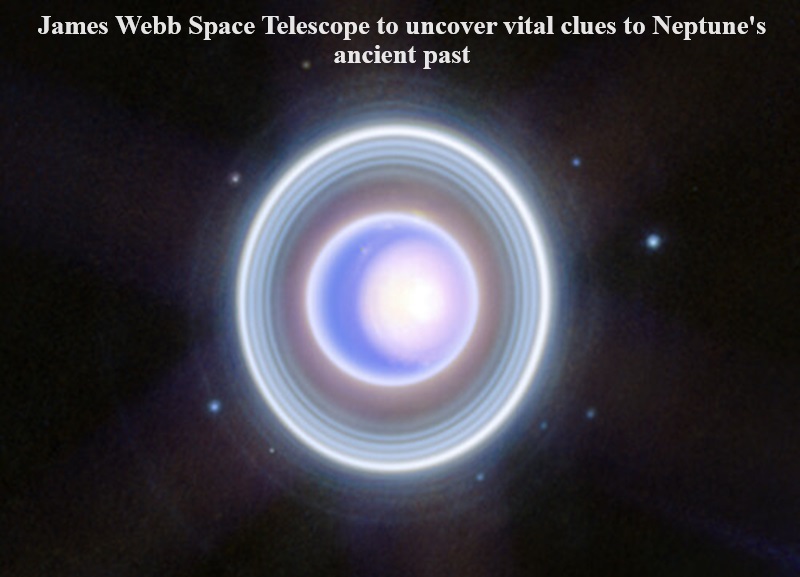
The James Webb Space Telescope (JWST) is poised to venture into the outer reaches of our solar system, where it will delve into the ancient history of Neptune by scrutinizing a binary asteroid system known as Mors-Somnus.
This binary asteroid system, comprised of two asteroids, holds significant interest for scientists as they seek to unravel the dynamics and formation processes of asteroids and planetary bodies. The insights gleaned from Mors-Somnus are expected to shed light on the evolution of Neptune, the ice giant, and provide clues regarding the origins of Earth’s water.
Discovered within the frigid expanse of the Kuiper Belt, a region beyond Neptune’s orbit, Mors-Somnus stands out as a trans-Neptunian object (TNO), a classification encompassing celestial bodies orbiting the Sun at distances greater than Neptune’s own orbit. TNOs encompass a diverse array of objects including dwarf planets, asteroids, and comets.
Dr. Ana Carolina de Souza Feliciano, a lead researcher with the Disco-TNOs program at the Florida Space Institute, emphasized the significance of this discovery, noting its relevance to understanding the distribution of key molecules—carbon, oxygen, nitrogen, and hydrogen—in the primordial cloud from which planets, moons, and smaller bodies emerged. These molecules, crucially, are believed to have played a role in the origin of life and the presence of water on Earth.
Furthermore, TNOs like Mors-Somnus are thought to orbit within their native regions largely unaffected by Neptune’s migration, offering insights into the ice giant’s journey to its current position in the solar system.
Through the JWST’s analysis of surface compositions, scientists embark on a groundbreaking endeavor to study the chemical makeup of six undisturbed TNOs, including Mors-Somnus. Comparisons between these TNOs and Mors-Somnus suggest a shared origin approximately 2.7 billion miles distant within the Kuiper Belt, further enriching our understanding of the solar system’s early history.

Post Your Comments